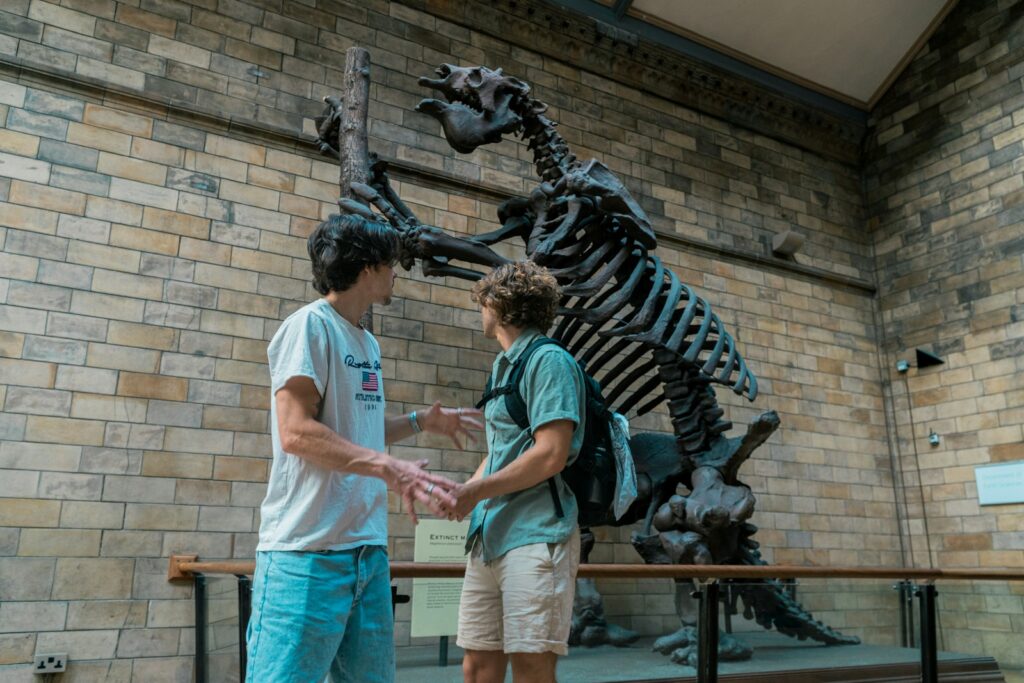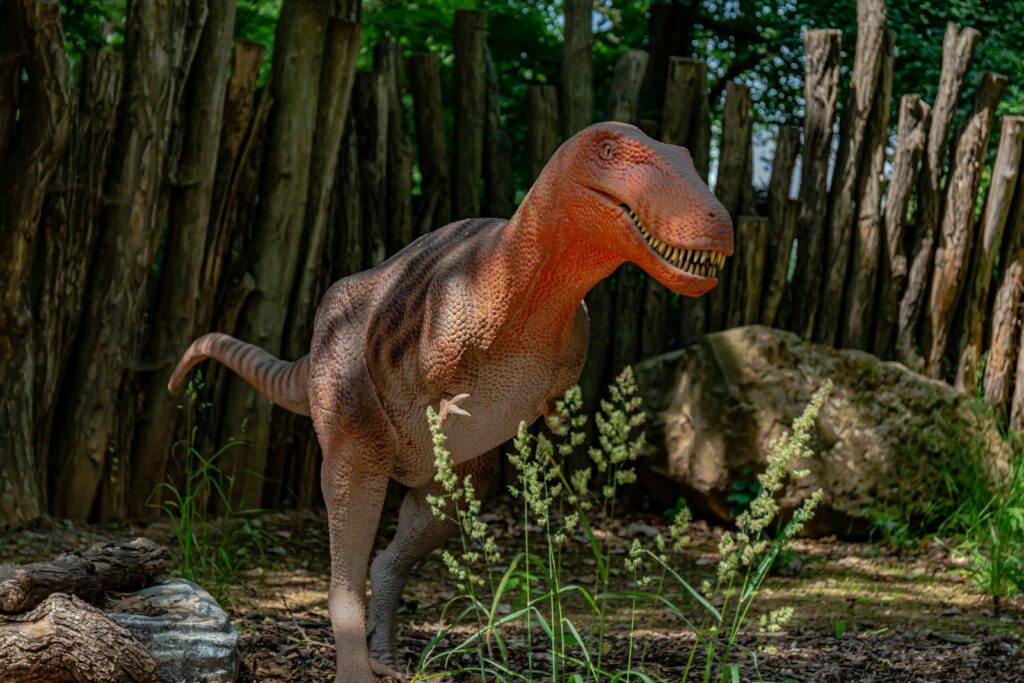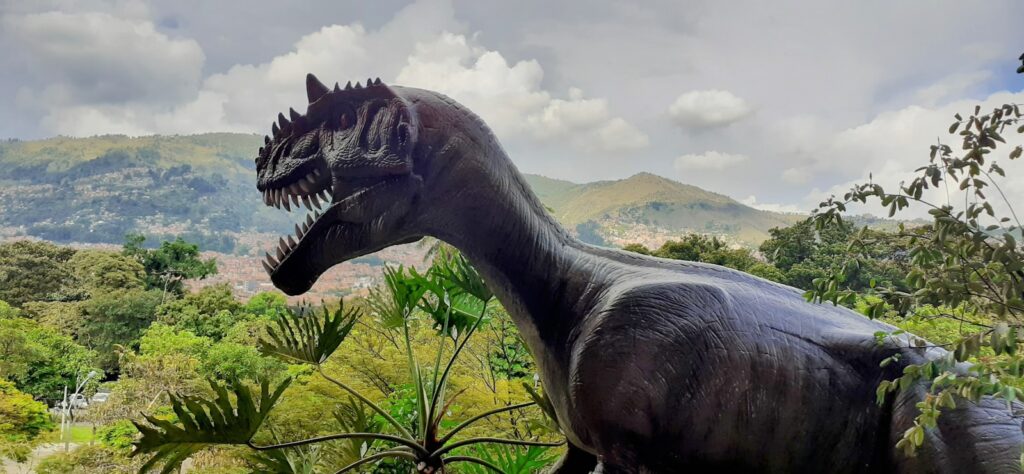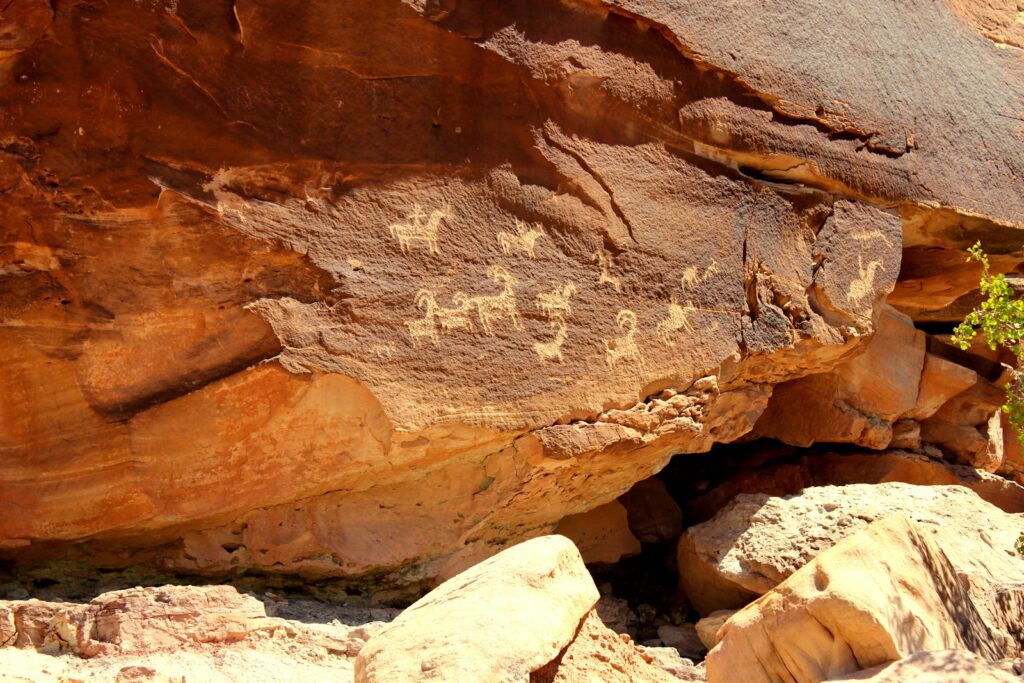Imagine walking through a museum and watching a five-year-old’s eyes light up as they encounter a towering T-Rex skeleton. Their excitement is infectious, spreading to teenagers snapping selfies and adults reading every placard with fascination. This scene plays out millions of times every year across the globe, proving that our obsession with dinosaurs transcends age, culture, and time itself. But what makes these ancient creatures so irresistibly captivating that they’ve maintained their grip on human imagination for over 150 years since their first scientific discovery?
The Monster Under the Bed That Actually Existed
Every child has an innate fascination with monsters, but dinosaurs offer something uniquely thrilling: they were real monsters that once roamed our planet. Unlike dragons or mythical beasts, dinosaurs carry the weight of scientific authenticity that makes them simultaneously terrifying and educational. This combination creates a perfect storm of excitement that bypasses the typical fear response children have toward fictional monsters.
The sheer scale of these creatures captures imaginations in ways that modern animals simply cannot. When a child learns that Argentinosaurus weighed as much as twelve elephants, or that Giganotosaurus had teeth the size of bananas, they’re not just learning facts – they’re experiencing wonder. This wonder becomes a gateway to scientific curiosity that often lasts a lifetime.
Parents and educators have long recognized this power, using dinosaurs as educational tools that make learning feel like play. The monster appeal draws children in, but the scientific reality keeps them engaged long enough to absorb genuine knowledge about biology, geology, and evolution.
Time Travel Without a Machine
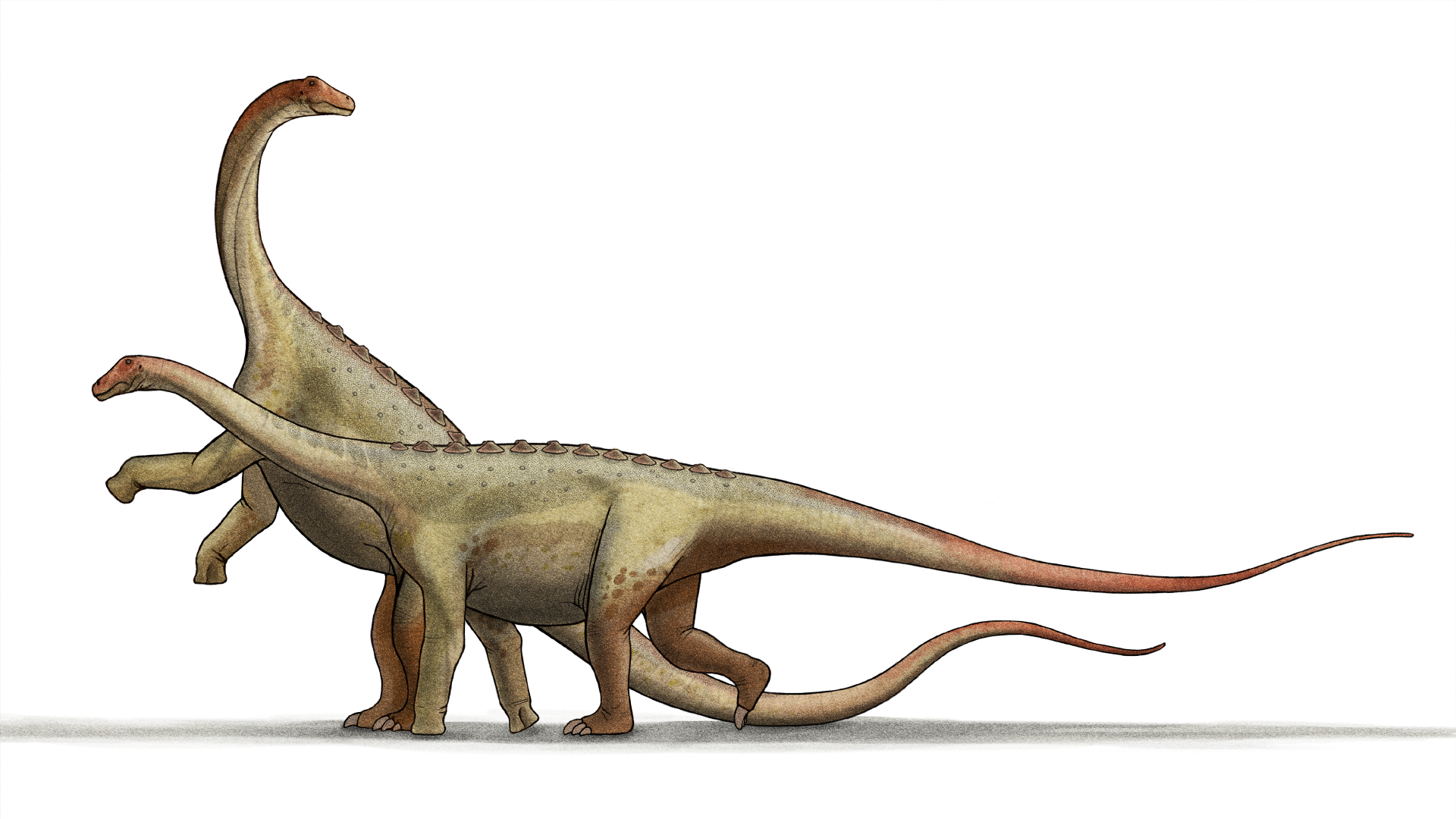
Dinosaurs represent the ultimate time travel experience, offering a glimpse into a world so alien it might as well be another planet. The Mesozoic Era featured landscapes with no grass, flowers that were just beginning to evolve, and atmospheric conditions that would be unrecognizable today. This prehistoric world appeals to our deep-seated desire to explore the unknown and experience adventure.
For children, dinosaurs provide a safe way to explore concepts of deep time and mortality without the emotional weight that comes with more recent historical events. The 65-million-year gap creates enough distance to make extinction feel like ancient history rather than a present threat. This temporal cushion allows for fascination without fear.
Adults find similar comfort in this vast timescale, using dinosaurs as a way to contemplate their place in the grand scheme of Earth’s history. The realization that our planet had a rich, complex ecosystem millions of years before humans arrived provides perspective that can be both humbling and inspiring.
The Ultimate Success Story
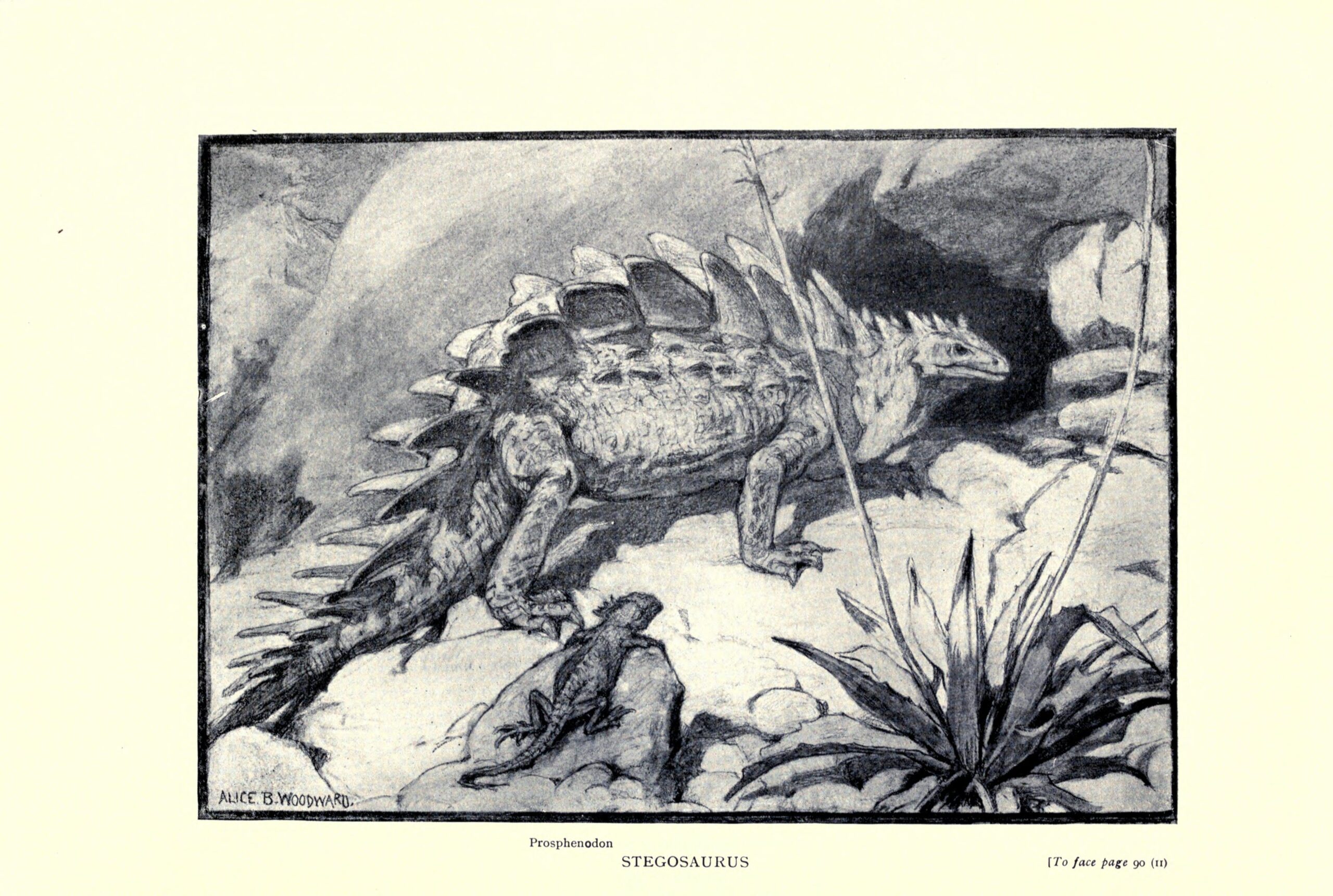
Despite their reputation for extinction, dinosaurs actually represent one of evolution’s greatest success stories. They dominated Earth for over 160 million years – a period roughly 800 times longer than modern humans have existed. This incredible longevity speaks to their adaptability and evolutionary sophistication, challenging simple narratives about prehistoric “failures.”
Modern paleontology has revealed that dinosaurs weren’t slow, cold-blooded lizards but rather dynamic, often warm-blooded creatures that exhibited complex behaviors. Many species showed evidence of parental care, pack hunting, and even rudimentary tool use. These discoveries have transformed our understanding and made dinosaurs seem less like ancient monsters and more like fascinating ancestors.
The fact that dinosaurs technically never went extinct – birds are living dinosaurs – adds another layer of intrigue. Every time we see a chicken or watch an eagle soar, we’re observing the direct descendants of creatures that lived alongside Tyrannosaurus rex. This connection between past and present creates a tangible link to prehistoric times.
Media Powerhouses That Shape Generations
The 1993 release of “Jurassic Park” created a cultural phenomenon that continues to influence how we perceive dinosaurs today. The film’s groundbreaking special effects brought these ancient creatures to life in ways that previous generations could never have imagined. This cinematic revolution sparked a new wave of dinosaur mania that has persisted through sequels, reboots, and countless imitators.
Beyond Hollywood blockbusters, dinosaurs have conquered virtually every form of media. From animated television shows designed for preschoolers to sophisticated documentaries featuring cutting-edge CGI, dinosaur content spans all age groups and interests. This constant presence in popular culture ensures that each new generation discovers dinosaurs through fresh, exciting presentations.
Video games have added an interactive element to dinosaur fascination, allowing players to hunt, tame, or even become dinosaurs themselves. These digital experiences create emotional connections that static museum displays cannot match, making dinosaurs feel more like companions than historical curiosities.
The Collector’s Paradise
Dinosaur merchandise represents a multi-billion-dollar industry that shows no signs of slowing down. From simple plastic figurines to highly detailed collectible statues, dinosaur toys appeal to both children and adult collectors. This market success demonstrates that dinosaur fascination extends far beyond casual interest into genuine passion and lifestyle choices.
The collectible aspect feeds into human nature’s tendency to categorize and complete sets. With hundreds of known dinosaur species and new discoveries happening regularly, there’s always another figure to add to the collection. This endless expansion keeps the hobby fresh and exciting for dedicated enthusiasts.
Educational toy companies have capitalized on this interest by creating scientifically accurate models that serve as both playthings and learning tools. These products blur the line between entertainment and education, making them appealing to parents who want to encourage their children’s scientific interests while keeping them engaged.
Scientific Discoveries That Keep Coming
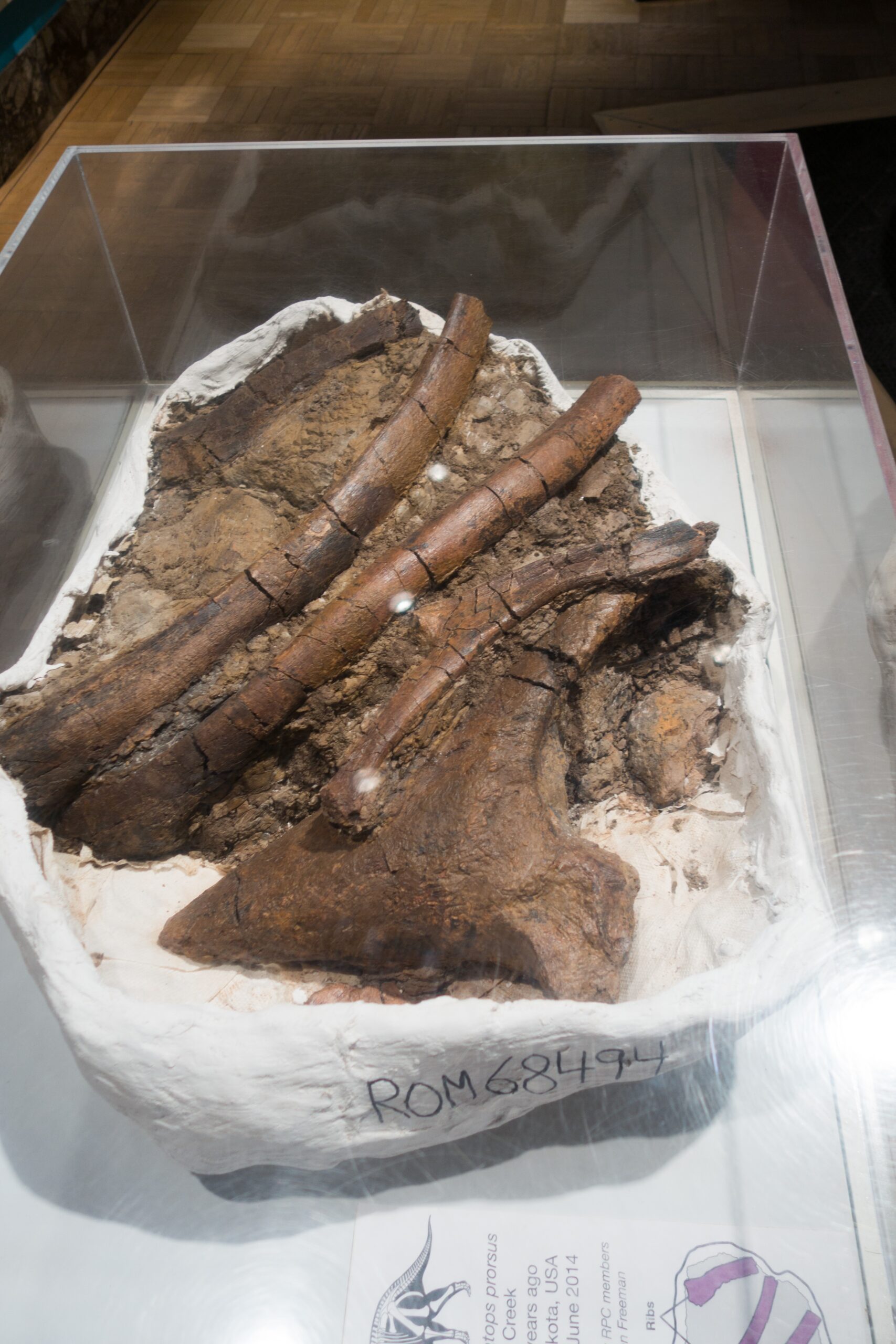
The field of paleontology continues to evolve at a remarkable pace, with new dinosaur species being discovered every few weeks. Each discovery has the potential to revolutionize our understanding of prehistoric life, keeping dinosaurs relevant in contemporary scientific discussions. Recent findings have revealed everything from dinosaur colors to evidence of complex social behaviors.
Advanced imaging technologies and computer modeling have allowed scientists to reconstruct dinosaur movement, determine their metabolic rates, and even analyze their brain functions. These sophisticated approaches make dinosaur research feel cutting-edge rather than old-fashioned, attracting tech-savvy younger generations to paleontology.
The democratization of information through the internet means that dinosaur enthusiasts can follow new discoveries in real-time, often learning about breakthrough findings within hours of their announcement. This immediate access to the latest research maintains excitement and gives everyone the opportunity to feel like they’re part of the scientific process.
The Diversity That Never Gets Old
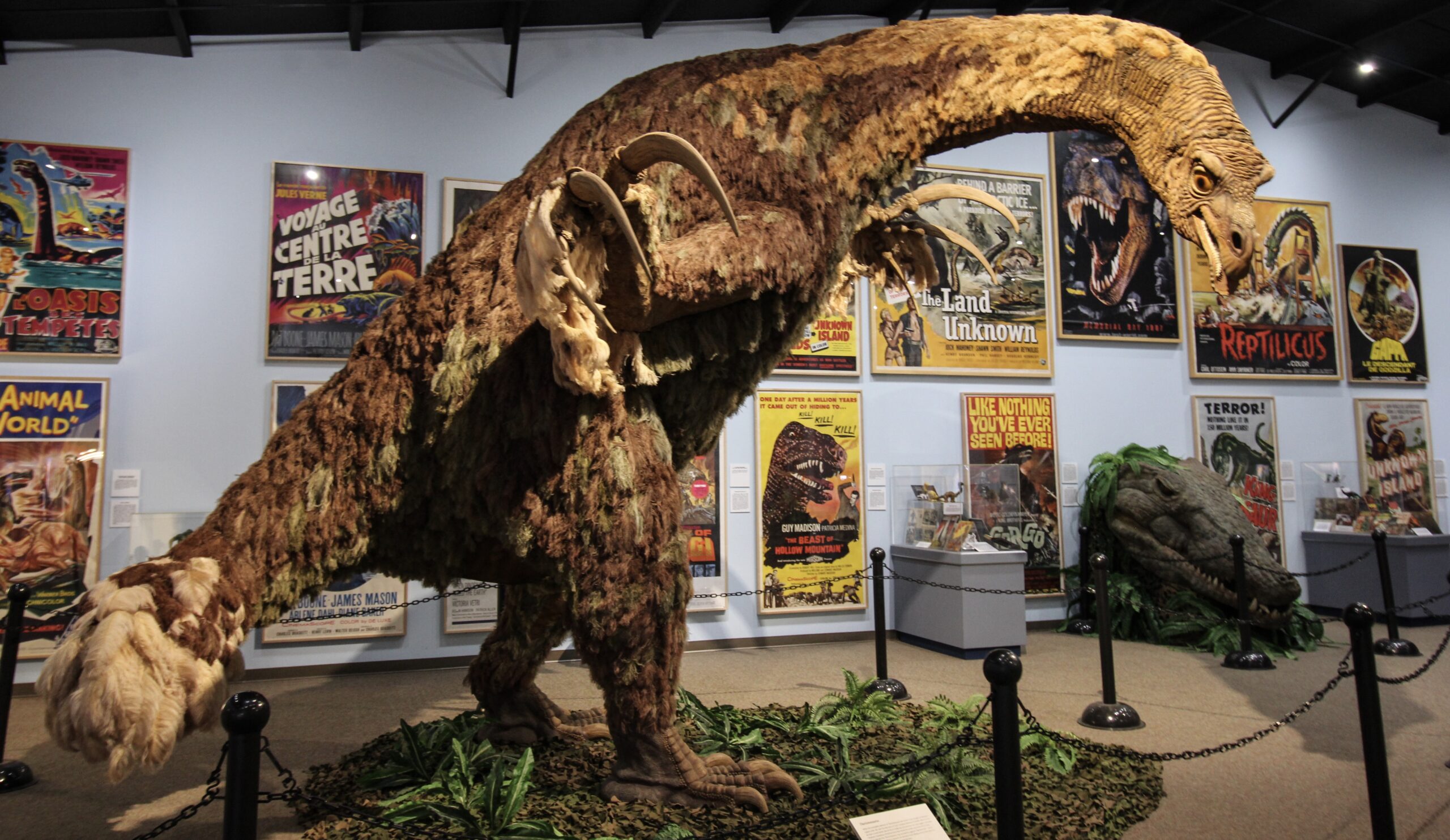
With over 1,000 known dinosaur species and potentially thousands more waiting to be discovered, the sheer variety ensures that there’s always something new to learn. From tiny feathered creatures the size of crows to massive sauropods that stretched over 100 feet in length, dinosaurs showcase evolution’s incredible creativity and adaptability.
This diversity means that different people can find different aspects of dinosaur life appealing. Some are drawn to the fierce predators, others to the gentle giants, and still others to the bizarre and unusual forms that challenge our understanding of what’s possible in nature. This variety ensures that dinosaur fascination doesn’t become monotonous or predictable.
The continuing discovery of new species means that children who fall in love with dinosaurs today may grow up to discover their own new species as adult paleontologists. This possibility of personal contribution to scientific knowledge makes dinosaur study feel accessible and inspiring rather than purely academic.
Educational Gold Mine
Dinosaurs serve as perfect educational tools because they naturally incorporate multiple scientific disciplines. Learning about dinosaurs requires understanding biology, geology, physics, chemistry, and even astronomy. This interdisciplinary approach makes complex scientific concepts more accessible and memorable than traditional textbook learning.
The visual nature of dinosaur education – with skeletons, reconstructions, and artistic interpretations – appeals to different learning styles and helps concepts stick in memory. Children who struggle with abstract scientific principles often excel when those same principles are presented in the context of dinosaur biology or behavior.
Museums worldwide have recognized this educational power, creating elaborate dinosaur exhibitions that combine entertainment with learning. These displays use dinosaurs as gateways to broader scientific understanding, introducing visitors to concepts like evolutionary adaptation, extinction, and deep time through familiar, exciting subjects.
The Nostalgia Factor
For many adults, dinosaurs represent a direct connection to their childhood wonder and curiosity. Parents who grew up during the dinosaur boom of the 1980s and 1990s often find themselves reliving those experiences through their children’s eyes. This generational sharing creates bonding opportunities that strengthen family relationships while maintaining dinosaur relevance.
The nostalgia factor also drives adult collecting and hobby participation. Many grown-ups who gave up their dinosaur interests during adolescence rediscover them later in life, often with greater appreciation for the scientific accuracy and artistic quality of modern dinosaur representations.
This cyclical nature of dinosaur fascination ensures that each generation rediscovers these ancient creatures anew while building on the foundation laid by previous generations. The result is a continuously evolving but never-ending cultural phenomenon that transcends individual lifespans.
Mystery and Imagination
Despite decades of scientific progress, dinosaurs still maintain an air of mystery that fuels imagination and speculation. The incomplete nature of the fossil record means that many aspects of dinosaur life remain unknown, leaving room for educated guesses and creative interpretations. This uncertainty keeps dinosaurs interesting rather than fully explained and therefore boring.
The gap between what we know and what we imagine allows for creative storytelling and artistic interpretation. Writers, filmmakers, and artists can take scientific facts as starting points while still having freedom to explore possibilities and create compelling narratives. This creative flexibility keeps dinosaur content fresh and engaging.
Children particularly benefit from this mystery aspect, as it encourages them to ask questions, form hypotheses, and think critically about evidence. The detective-like nature of paleontology appeals to young minds that enjoy puzzles and problem-solving challenges.
Social Connection and Community
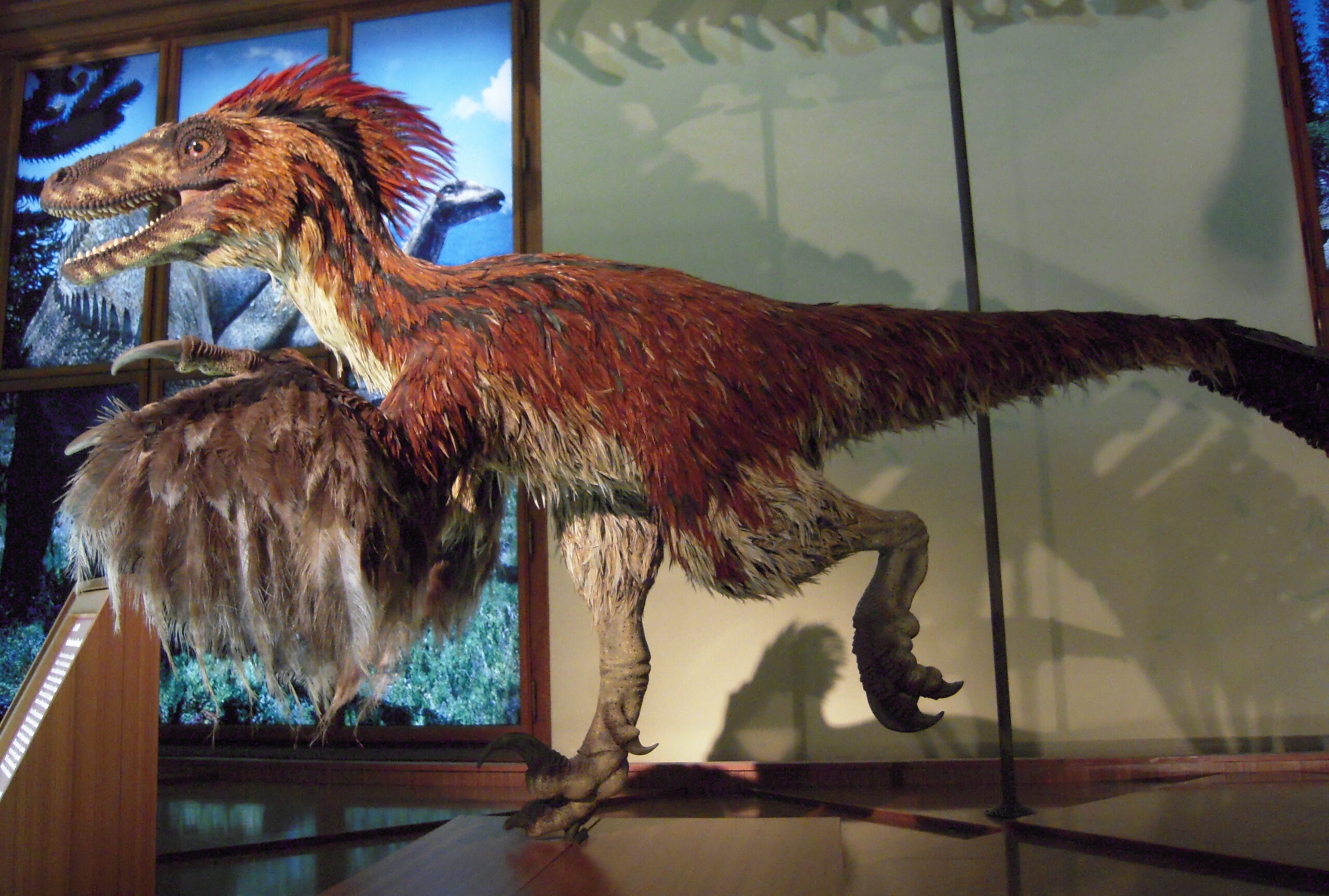
Dinosaur enthusiasm creates instant social connections between strangers who share this common interest. Children bond over favorite species, adults connect at museum exhibits, and online communities thrive around dinosaur discoveries and discussions. This social aspect transforms what could be a solitary interest into a shared cultural experience.
Dinosaur conventions, fossil hunting expeditions, and museum programs provide opportunities for enthusiasts to meet like-minded individuals and share their passion. These social connections often lead to lifelong friendships and professional relationships that extend far beyond dinosaur interest.
The multigenerational appeal of dinosaurs means that grandparents, parents, and children can all participate in the same activities and conversations. This shared interest creates family traditions and memories that span decades, making dinosaurs a binding force in many households.
The Science of Wonder
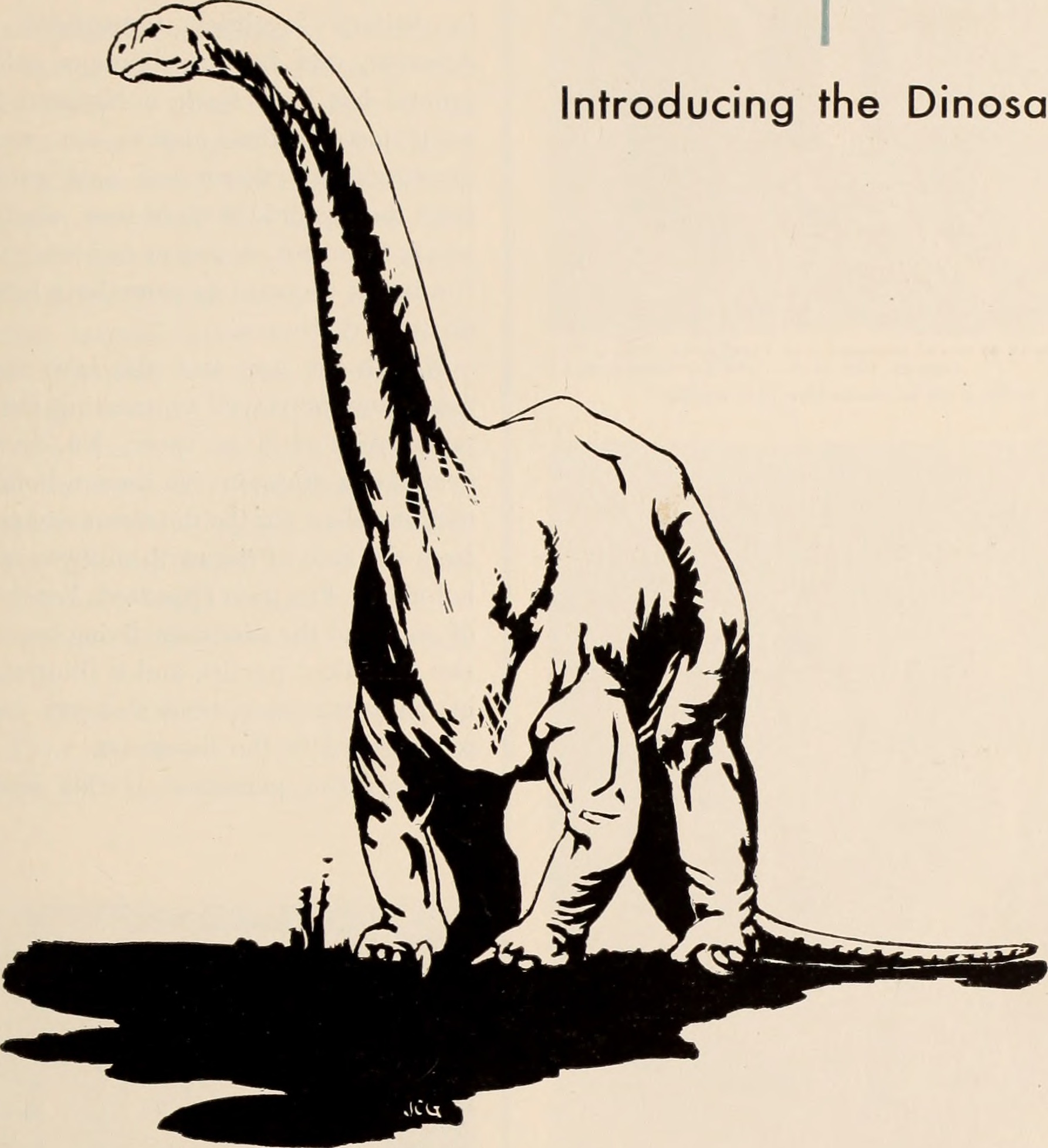
Psychological research suggests that experiences of wonder and awe have significant benefits for mental health and cognitive development. Dinosaurs provide readily accessible sources of wonder that can be experienced repeatedly without losing their impact. The scale, diversity, and strangeness of these creatures trigger the same psychological responses that benefit human wellbeing.
This wonder response appears to be hardwired into human psychology, explaining why dinosaur fascination emerges so naturally in children and persists so strongly in adults. The combination of size, power, and extinction creates a perfect storm of awe-inspiring elements that few other subjects can match.
Studies have shown that children who maintain strong interests in specific subjects (like dinosaurs) often develop better research skills, deeper scientific understanding, and stronger academic performance overall. This suggests that dinosaur fascination may serve as a gateway to broader intellectual development.
Global Cultural Phenomenon
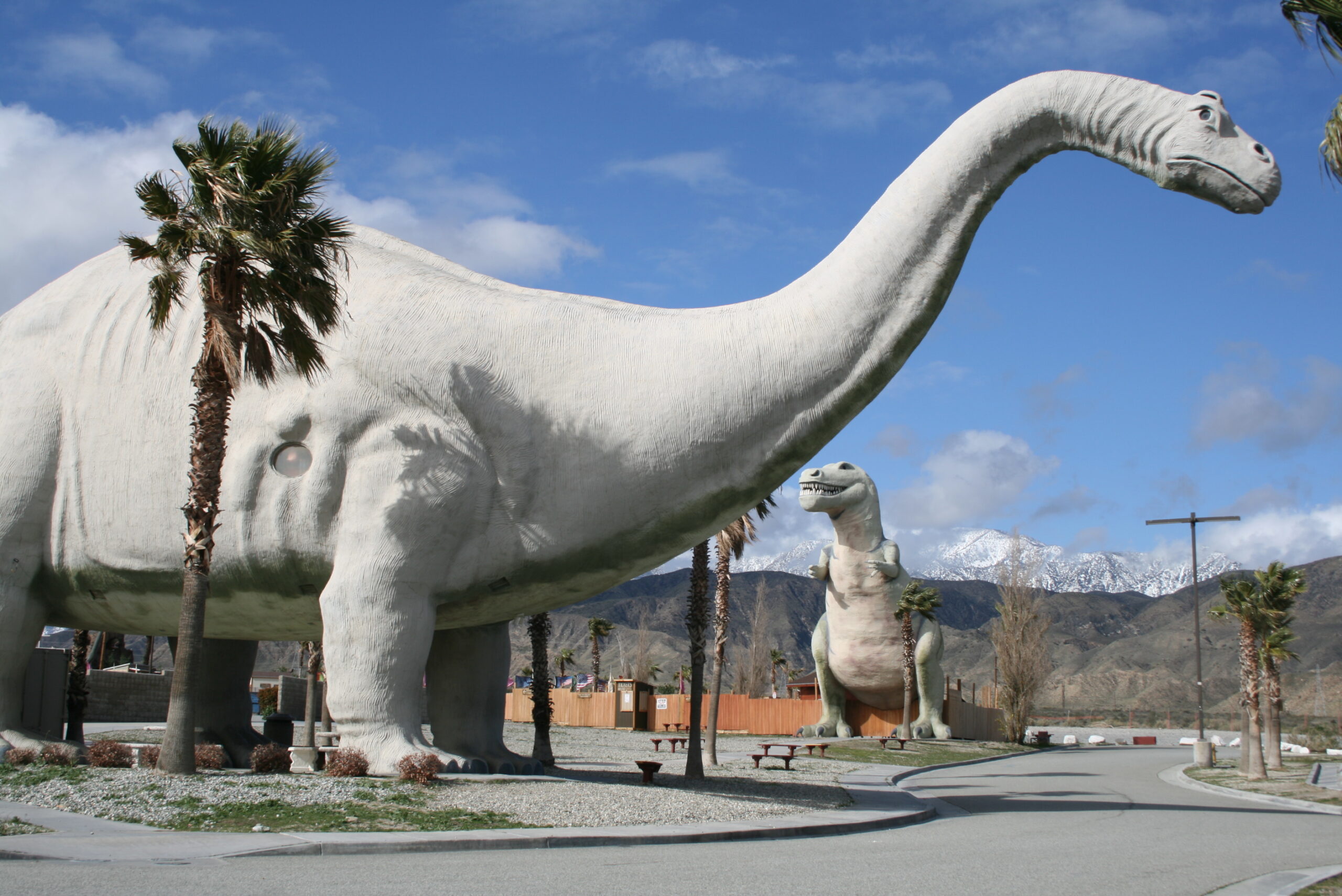
Dinosaur fascination transcends cultural boundaries, appearing in societies worldwide regardless of local traditions or belief systems. This universal appeal suggests that dinosaur interest taps into fundamental aspects of human psychology rather than culturally specific preferences. Museums in every major city feature dinosaur exhibitions, and dinosaur-themed entertainment succeeds in markets around the globe.
Different cultures have found unique ways to incorporate dinosaurs into their storytelling and artistic traditions. Japanese kaiju films, American blockbuster movies, and European documentary programs all use dinosaurs as source material, but each brings distinct cultural perspectives to the subject. This cultural diversity keeps dinosaur content fresh and prevents it from becoming stale or repetitive.
The international nature of paleontological research means that dinosaur discoveries truly belong to all humanity rather than individual nations. This shared ownership creates a sense of global community around dinosaur science and helps maintain interest across cultural boundaries.
Future Possibilities
Advances in genetic research and biotechnology have sparked renewed interest in dinosaurs through the theoretical possibility of de-extinction. While true dinosaur resurrection remains far beyond current capabilities, the scientific discussions surrounding these possibilities keep dinosaurs relevant to contemporary technological debates. This futuristic angle attracts new audiences who might not otherwise be interested in paleontology.
Virtual and augmented reality technologies are beginning to offer unprecedented ways to experience dinosaur encounters. These immersive technologies allow people to “walk” with dinosaurs in ways that previous generations could never have imagined, creating new forms of dinosaur entertainment and education that appeal to tech-savvy audiences.
The continued expansion of space exploration has created interesting parallels between searching for life on other planets and reconstructing life from Earth’s past. Both endeavors require similar scientific skills and offer comparable excitement about discovering unknown forms of life, making dinosaurs relevant to humanity’s cosmic future as well as its terrestrial past.
Conclusion
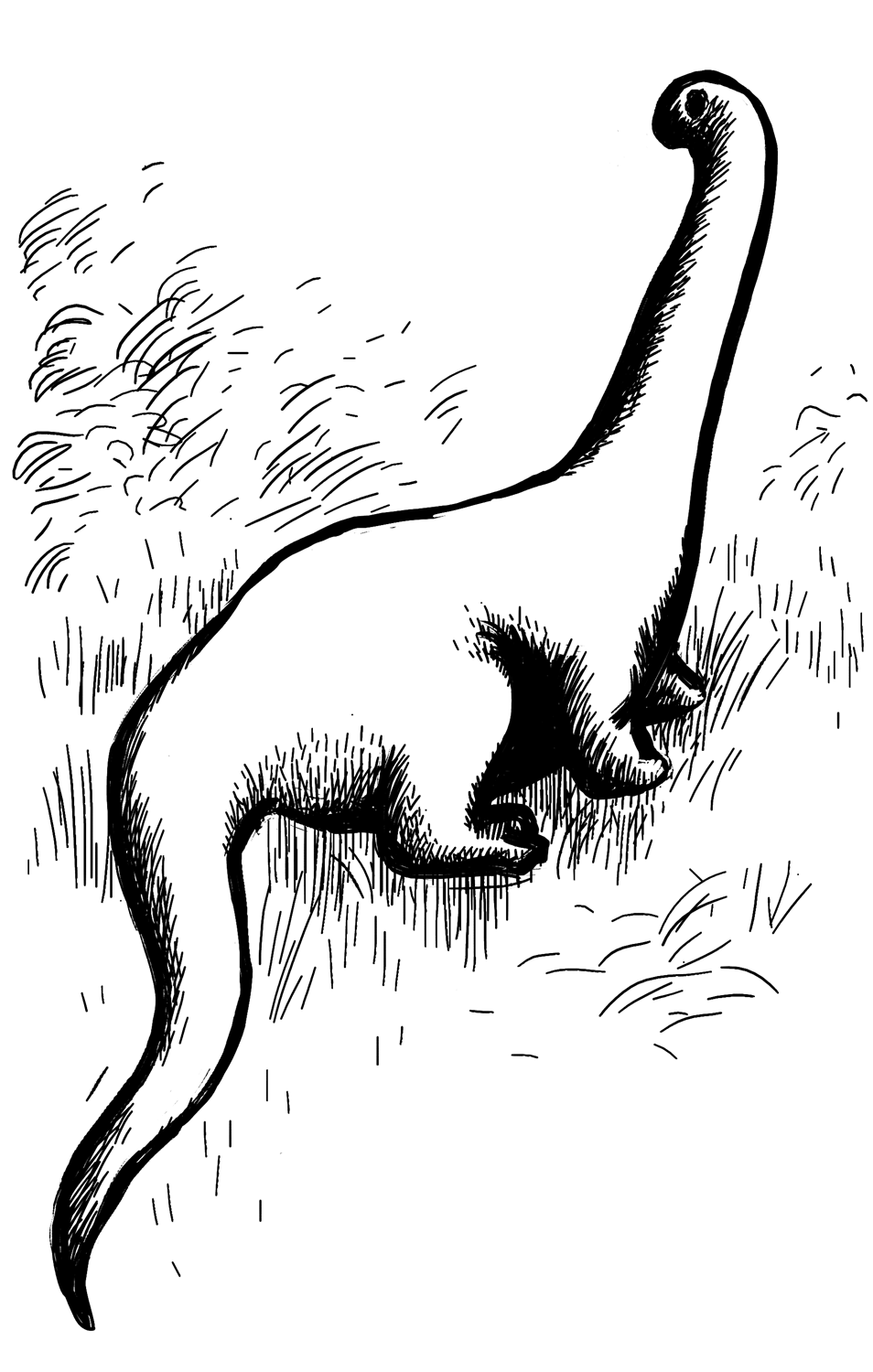
The enduring appeal of dinosaurs stems from their unique position at the intersection of science, mystery, and imagination. They offer real monsters that once lived, educational opportunities disguised as entertainment, and connections to deep time that put human existence in perspective. Their continuing relevance through new discoveries, advancing technology, and evolving cultural interpretations ensures that dinosaur fascination will persist for generations to come.
The multi-generational nature of dinosaur appeal creates a self-perpetuating cycle where each new generation discovers these ancient creatures through fresh eyes while building on the foundation of knowledge and wonder established by previous generations. This combination of scientific advancement and timeless appeal makes dinosaurs perhaps the most successful scientific subject in popular culture.
As we continue to uncover new species, develop better understanding of dinosaur behavior, and create more sophisticated ways to experience prehistoric life, one thing remains constant: the fundamental human need to wonder at the magnificent creatures that once ruled our planet. What other scientific subject can claim such universal and lasting appeal across every demographic imaginable?

